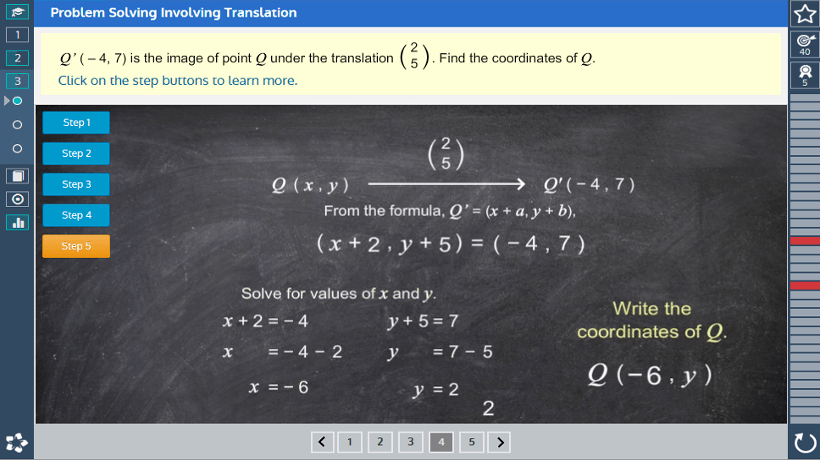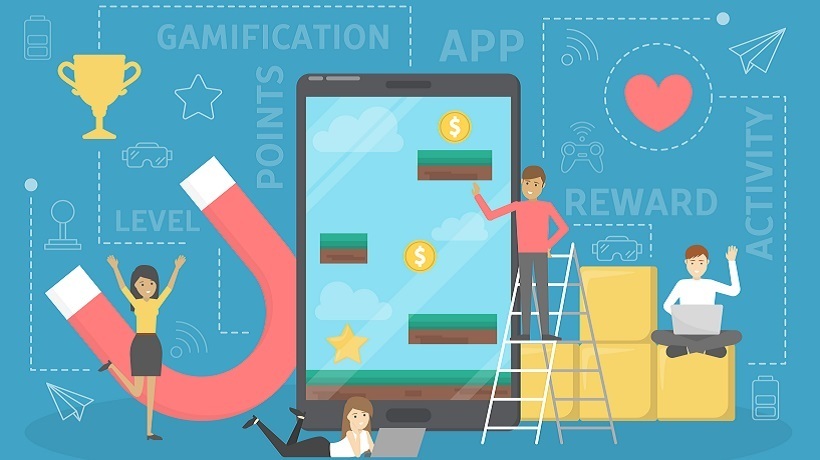What Is Gamification And Why It Is Not Gaming (I Don’t Want My Child To Play Games All Day!)
If you are looking for an eLearning platform to support your child’s learning, gamification is going to be a feature. If you interpret this term the wrong way, you might say that the last thing parents want their children to do is to play more games on the computer. But hold that thought for a moment. Why is a child is willing to spend hours, sometimes entire weekends, in front of a screen playing a game? Your children love games because they get instant feedback and rewards. We humans love rewards. We are a competitive lot and when we can advance to the next level of a challenge it motivates us to keep going. It makes us feel better that we have accomplished something, and we have! The same is true when we learn. Gamification gives students the incentive to succeed. So when you look for a strong eLearning platform for your child, remember that gamification is a good thing. So, what is gamification?
What Is Gamification And How It Works
Gamification has been around since the late 1800s. Originally, companies used reward systems to encourage people to buy from them and to build loyalty.
I am old enough to remember Green Stamps from the early 1960s. They were all the rage with housewives. Whenever my mother filled the gas tank or went to the grocery store, she only went to places that gave her green stamps. Religiously, she pasted them into her Green Stamps booklet. When the book was full, she could trade it in for a houseware product. It was hard to tell what was more exciting; filling the book or getting the actual reward. Essentially, every time she bought from the A&P or Esso, she would get a reward. She made a point of shopping there just so that she could get her just reward; a behaviorist approach to establishing loyalty!
Fast forward to the computer age. Gamers were born! Marketers, educators, policy makers, and businesses followed suit. Why wouldn't the benefits of the instant feedback and rewards that enticed gamers, entice buyers, clients, and students as well?
Now gamification has spread to the eLearning field with outstanding results.
Playing Games And Gamification Are Not The Same Thing
There may be mini-games within the framework, but the gamification is the big picture. When you hear the word gamification in a sales pitch for eLearning, it means that students learn under a framework of gamification. The sole purpose of gamification is motivating and reinforcing student learning with feedback, rewards, and a chance to practice a subject until they master it.
4 Ways In Which Gamification Leads To Mastery
1. Immediate Feedback.
With gamification, students get immediate feedback confirming their response to the material with an explanation or a hint for the student to try again. A ribbon displays the student’s progressive score as he or she proceeds through a module. At any point during the module, the student can review the feedback and try to improve his or her results.
2. Hard Evidence.
Gamification provides hard evidence of student progress by collecting and storing a record of it. The data to measures the student’s success, how many attempts or how long it took to achieve it, and whether or not the student needs more practice to reach mastery. Parents who are curious about their student’s progress can access this data as well.
3. Reward.
Gamification reinforces a sense of accomplishment for students who reach academic goals by boosting them to the next level of learning. Thus gamification rewards students with new challenges and activities while receiving badges and tangible rewards as well.
4. Active, Not Passive, Learning.
Learners learn by doing. Gamification stimulates learners to engage in what they learn rather than having to wade through volumes of overwhelming text. Gamification scaffolds a subject to make it possible for learners to accomplish simple tasks and build upon them to gain knowledge.
Never Fear
If you are a parent who is wary of an eLearning platform that promises gamification, never fear! When we learn, we absorb information; we manipulate; we make mistakes; we try again, and continue learning until we can apply what we learn to the real world. Gamification challenges students and parents to take an active part in their learning process by moving at their own pace and reaping the rewards.









